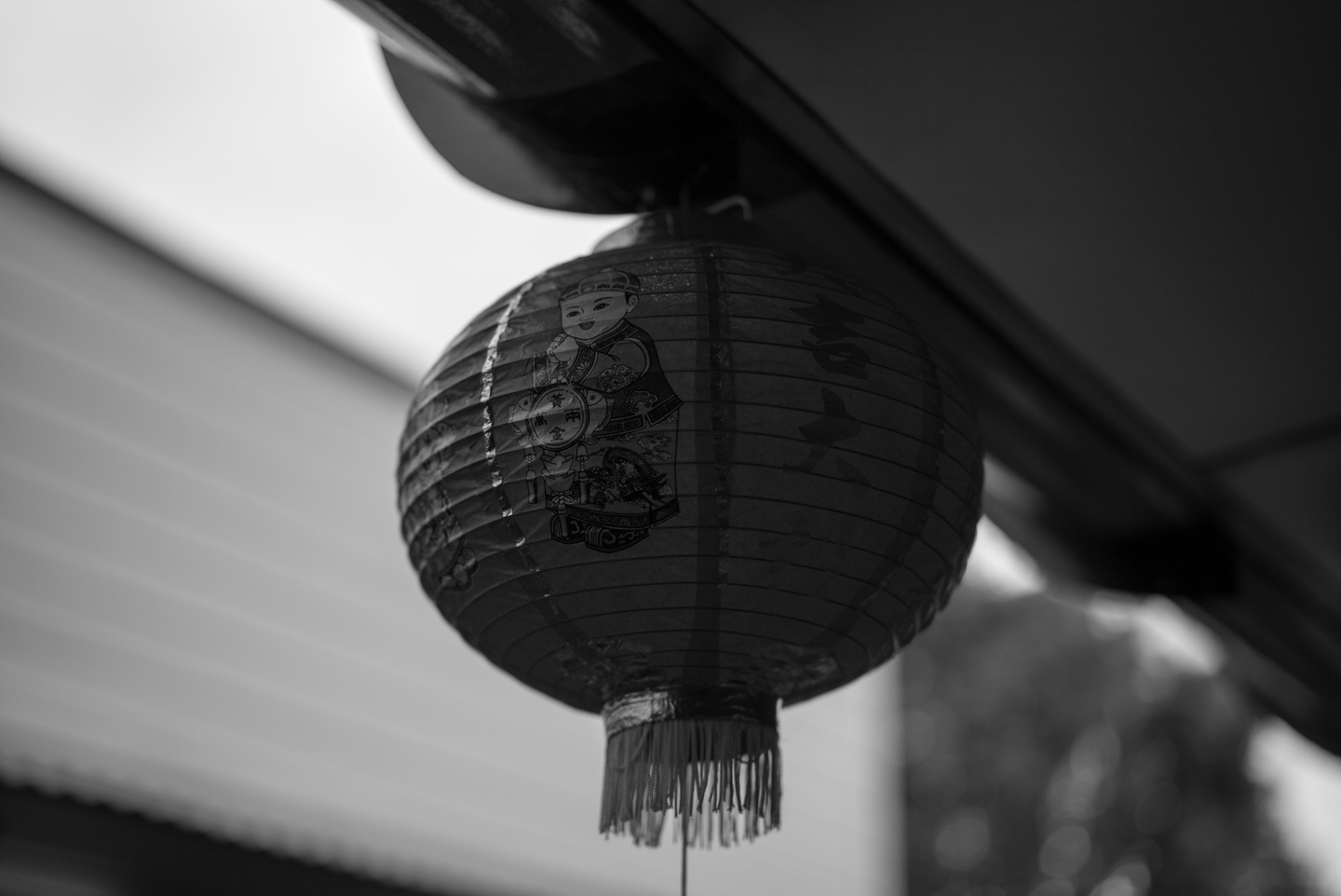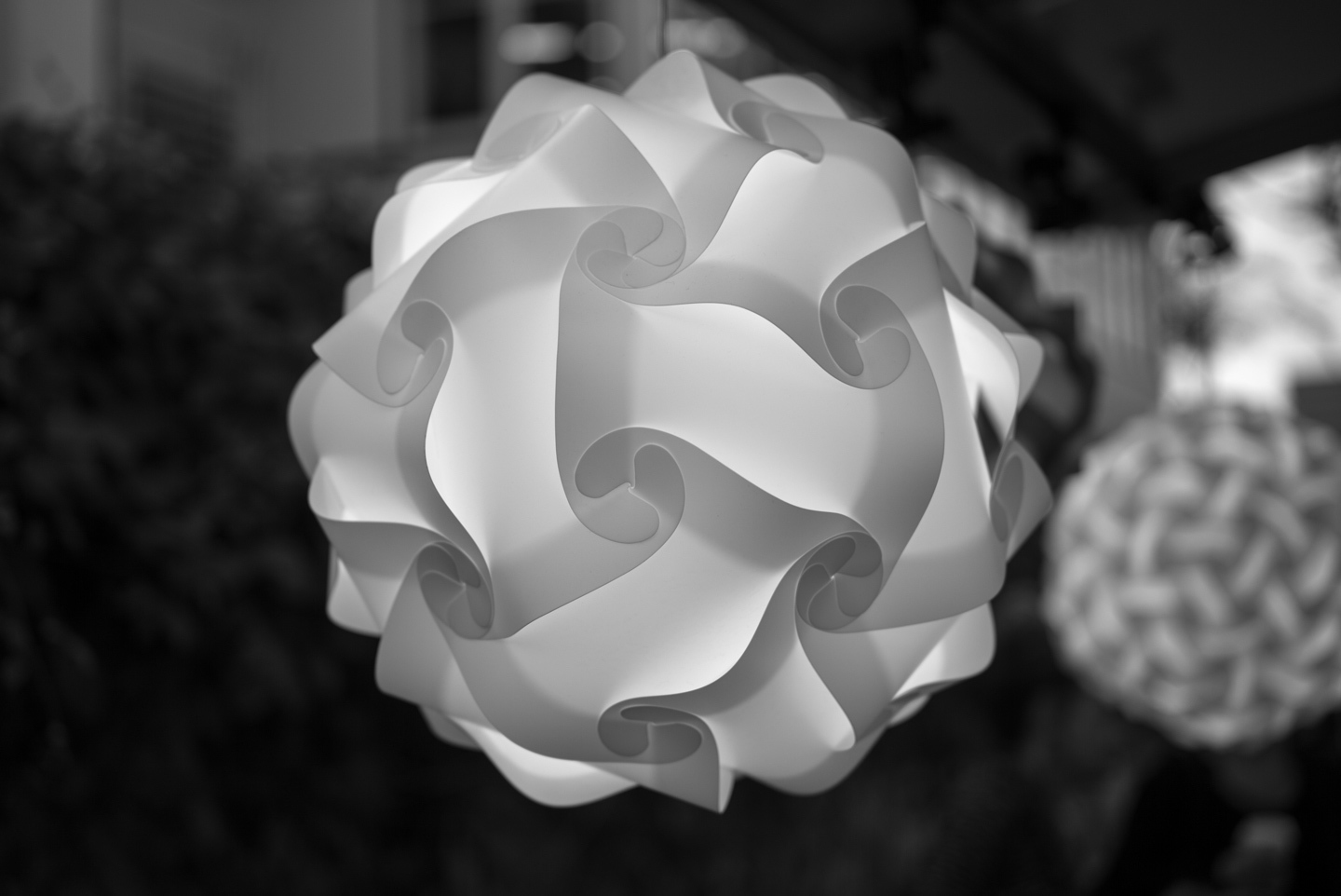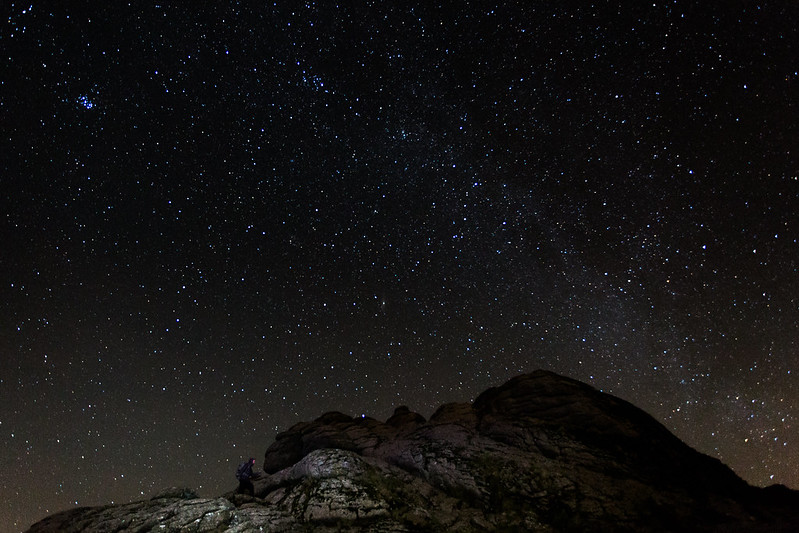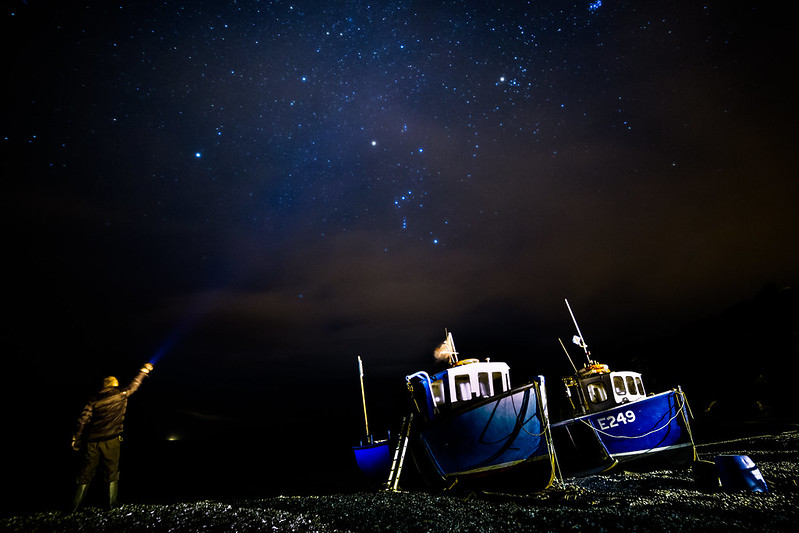It's a bit tricky when it comes to the northern lights. They probably need to be on the weak/calm side for it to really be viable, otherwise they're dancing around and changing shapes too much. The long exposure times help smooth the aurora out though so even though it's not 'static' you can still get it done as long as you time it so the aurora is remaining in a similar pattern. That photo is definitely my best result at such a panorama yet. I've only attempted it a few times though because it's so difficult to get right. And because on those nights when there's really strong, colorful aurora shows it's easier to just shoot wide angle and capture it in single shots. I can't really go up to 20-25 second exposures without getting star-trails unless I shoot with the widest setting on my wide angle lens anyway. I really like the added details of multi-exposure shots though and I hate removing my 24-70 lens from my camera, I love it too much.
As long as you don't go too high on the exposure times (try to keep it to 10-15 seconds probably) and you're reasonably quick it shouldn't be that much of a problem. I can't say I'm an expert though. But I try to stitch it up based on the foreground. I guess the stars move a little bit from the first photo in the sequence to the last, but it's not something that is noticeable in the finished picture. One example:

This is I believe 16 exposures of 15 seconds each, so it's like 5 minutes total to shoot the whole thing, and really only 2-3 minutes to capture the sky portion. The biggest 'problem' up here with these shots is getting clear skies without any aurora imo. Even when it looks completely clear you'll often get traces of it like in the pic above.
Btw, super jealous you're going to Iceland. I have to book a trip there sometime soon.

 DSC01301 by Mohammed AlMahfoudh, on Flickr
DSC01301 by Mohammed AlMahfoudh, on Flickr DSC01279 by Mohammed AlMahfoudh, on Flickr
DSC01279 by Mohammed AlMahfoudh, on Flickr DSC01261 by Mohammed AlMahfoudh, on Flickr
DSC01261 by Mohammed AlMahfoudh, on Flickr DSC01273 by Mohammed AlMahfoudh, on Flickr
DSC01273 by Mohammed AlMahfoudh, on Flickr DSC01301 by Mohammed AlMahfoudh, on Flickr
DSC01301 by Mohammed AlMahfoudh, on Flickr DSC01279 by Mohammed AlMahfoudh, on Flickr
DSC01279 by Mohammed AlMahfoudh, on Flickr DSC01261 by Mohammed AlMahfoudh, on Flickr
DSC01261 by Mohammed AlMahfoudh, on Flickr DSC01273 by Mohammed AlMahfoudh, on Flickr
DSC01273 by Mohammed AlMahfoudh, on Flickr


















































